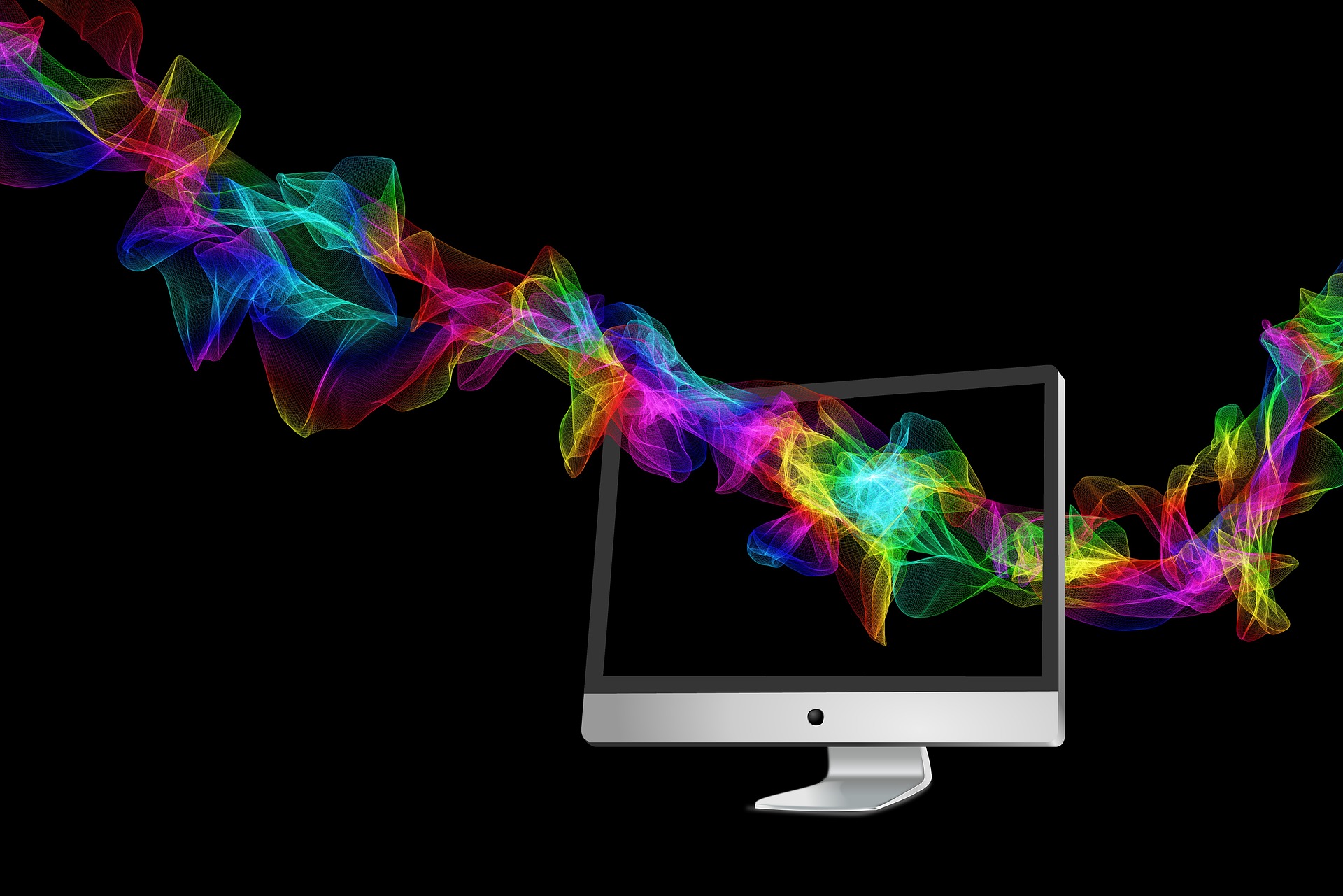"Unveiling Photonic Computing: The Next Leap in Processing Power?"
Introduction: With the ever-growing demand for faster and smarter computing, our silicon-based processors are inching closer to their limits. Enter photonic computing—a technology set to revolutionize the computing landscape. Photonic computing, a term coined in the early 2000s, refers to the use of photons (particles of light) instead of electrons for computing. This concept isn’t new; it's been around since the 1960s, when scientists first began to explore the possibility of using light to transmit data. However, it's only in the last decade that the technology has started to show real promise.

The Potential of Light
Photons, unlike electrons, can travel at the speed of light without generating heat—a major advantage in the world of computing. This means photonic computers can process data faster than their electronic counterparts, without the issue of overheating. In theory, a photonic computer could operate at speeds up to 20 times faster than today’s fastest supercomputers.
The State of Photonic Computing Today
While photonic computing is still in its infancy, there’s significant progress being made. Several tech giants, including IBM and Intel, are investing heavily in the technology. In 2020, Intel unveiled a breakthrough in photonic computing, a photonic I/O chip that uses light to transmit data. This chip, although not yet commercially available, could be a game-changer in the computing world.
Photonic Computing and the Market
Photonic computing is still far from being a commercial reality. However, when it does hit the market, it could disrupt the entire tech industry. While it’s hard to estimate the exact price range of photonic computers at this point, they’re likely to be expensive initially, given their advanced technology. But, as with any new technology, prices will likely drop as production ramps up and competition intensifies.
The Future of Photonic Computing
Photonic computing is not without its challenges. For one, creating a photonic computer small enough to fit on a desk—or in a pocket—is a significant hurdle. There’s also the issue of creating software compatible with this new mode of computing. However, given the potential benefits—faster processing speeds, less heat generation, and reduced energy consumption—the future of photonic computing looks bright.
In conclusion, while photonic computing is still years away from commercial viability, it represents an exciting shift in our approach to computing. As we continue to push the boundaries of what’s possible, light, quite literally, could be the future of computing.




